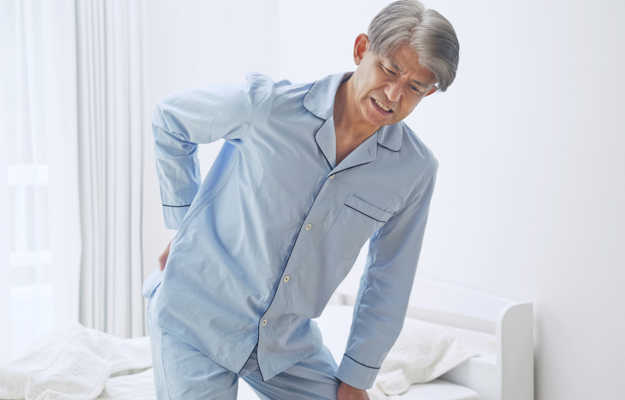Summary
Slipped disc is a common term which refers to the conditions of the vertebral discs like a herniated disc or bulging disc. A slipped disc is quite common in the elderly due to age-related wear and tear of the tissues. However, there are several other risk factors like obesity and improper posture which increase the chances of developing a slipped disc. The most common form of a slipped disc is the lumbar spine slipped disc involving the lower back. The slipped disc may pressurize a nerve which can lead to pain and inflammation. However, some people may report no symptoms at all. Diagnostic tools such as physical examination and imaging tests help in identifying the location of the slipped disc and understanding its severity. While most people with a slipped disc start getting better within 3-4 weeks, medical treatments such as physiotherapy and painkillers may speed up the process of recovery. In extreme cases, a surgery may be recommended.

 Doctors for Slipped Disc
Doctors for Slipped Disc  OTC Medicines for Slipped Disc
OTC Medicines for Slipped Disc
 Slipped Disc articles
Slipped Disc articles
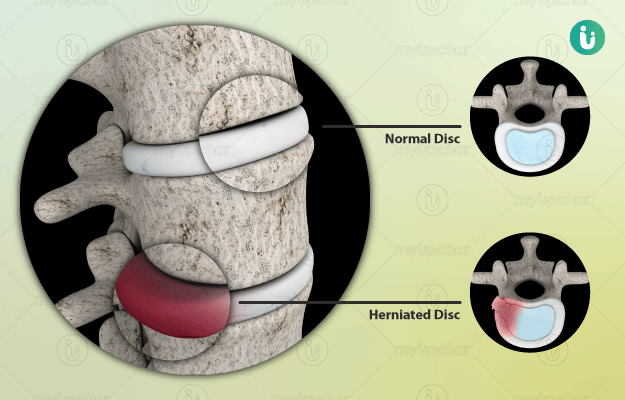
 Ayurvedic Treatment of Slipped Disc
Ayurvedic Treatment of Slipped Disc
 Diet for Slipped Disc
Diet for Slipped Disc
 Exercise for Slipped Disc
Exercise for Slipped Disc
 Home Remedies for Slipped Disc
Home Remedies for Slipped Disc
 Homeopathic Treatment of Slipped Disc
Homeopathic Treatment of Slipped Disc
 Yoga for Slipped Disc
Yoga for Slipped Disc


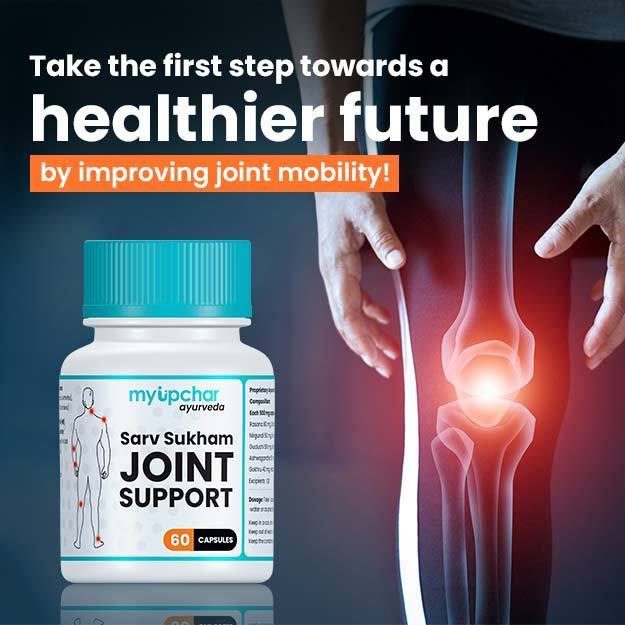
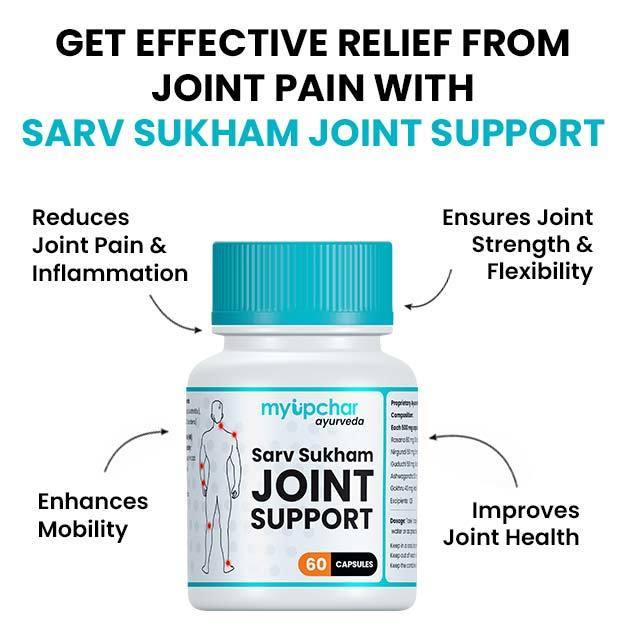

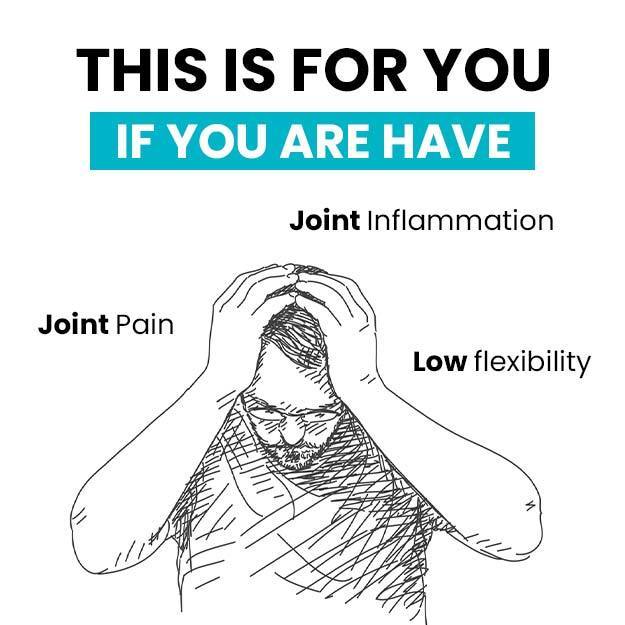
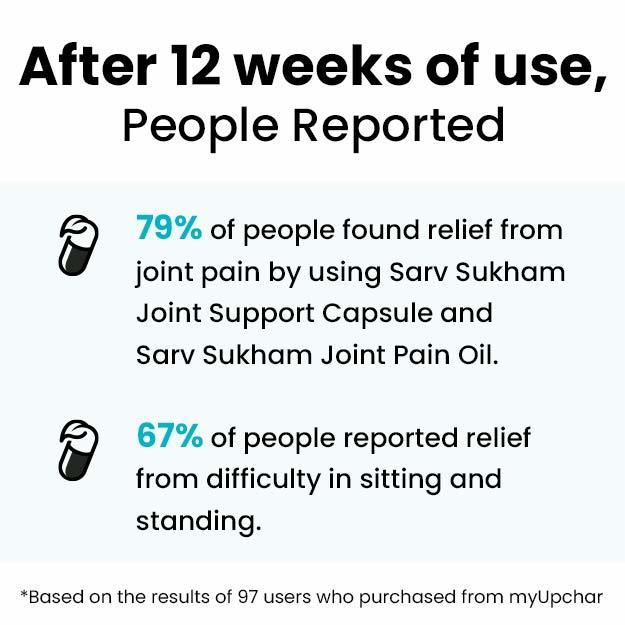


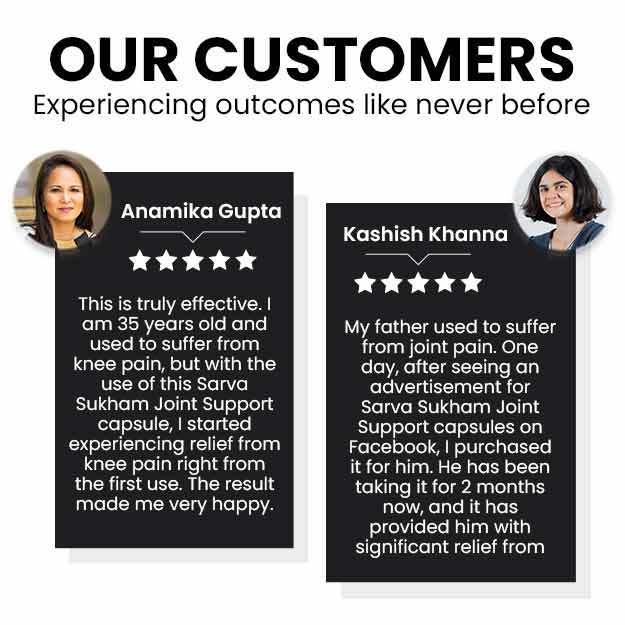






 Editorial Team
Editorial Team




